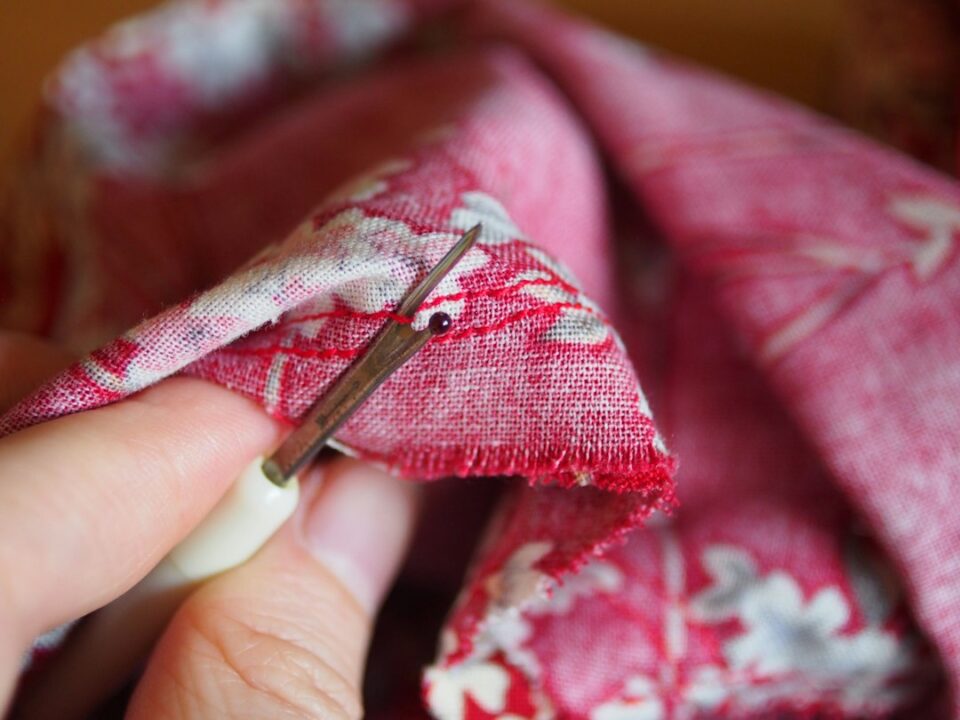Setting Sail: A Beginner’s Guide to Sailing
Imagine feeling the gentle breeze caressing your face as you glide through the sparkling waters, the sound of the waves lapping against the hull, and the exhilarating sense of freedom as you chart your course on the open sea. Sailing offers an unparalleled experience of adventure and serenity. If you have always wanted to learn how to sail, this beginner’s guide will set you on the right path to becoming a competent sailor.
1. Start with a simple boat:
Begin your sailing journey with a small, simple boat such as a dinghy or a sailboat with a single mast. These boats are easier to handle, and learning on a smaller vessel allows you to focus on developing fundamental skills such as balance, steering, and sail trim. As you progress, you can move on to larger boats.
2. Understand the basic terminology:
Before embarking on your first sailing adventure, familiarize yourself with the basic terminology used in sailing. Learn about the different parts of the boat, such as the bow, stern, hull, mast, and sails. Get to know concepts like port (left side of the boat when facing forward), starboard (right side of the boat when facing forward), and windward (the direction from which the wind is blowing).
3. Learn the principles of sailing:
Sailing is all about harnessing the power of the wind to move your boat. Understanding the principles of sailing, such as how the wind direction and sail angle affect the boat’s movement, is crucial. Key concepts include points of sail (directions in relation to the wind, such as upwind and downwind), how to trim the sails to optimize performance, and how to tack (turning the bow of the boat through the wind) and jibe (turning the stern of the boat through the wind).
4. Master the art of rigging:
Rigging refers to setting up and preparing the boat for sailing. Get acquainted with the different lines and ropes used to control the sails, such as the main halyard, jib sheets, and main sheets. Learn how to rig the boat safely, including attaching the sails to the mast, hoisting the sails, and adjusting the tension of the lines as needed.
5. Practice your knots:
Knots are an essential skill in sailing. Mastering a few basic knots, such as the square knot, bowline knot, and cleat hitch, will prove invaluable when securing lines and adjusting tension. With practice, knots will become second nature to you.
6. Take a sailing course:
Consider taking a sailing course to accelerate your learning process and gain hands-on experience with an experienced instructor. Sailing schools offer classes for beginners, where you can learn safety protocols, navigation techniques, and practical skills. These courses often take place in sheltered waters, ensuring a safe and controlled environment for your initial sailing experiences.
7. Understand safety protocols:
Safety should always be a top priority in sailing. Before setting sail, familiarize yourself with safety equipment such as life jackets, flares, and fire extinguishers. Learn how to read nautical charts, understand navigational markers and buoys, and how to use radios and marine distress signals to communicate in case of an emergency. Remember to always check the weather forecast before heading out and let someone know your planned sailing route.
8. Embrace trial and error:
Sailing is an art that takes time and practice to perfect. Don’t be discouraged if you make mistakes along the way. Embrace trial and error as part of the learning process, and stay curious and patient. Each time you set sail, you will gain valuable experience that will contribute to your overall skill set.
Becoming a sailor is an exciting journey filled with discovery and adventure. With determination, practice, and a thirst for knowledge, you can navigate the vast seas and experience the joy of setting sail into the unknown. So, don your sailing gear, ready your boat, and embark on this thrilling voyage of a lifetime. Bon voyage!

